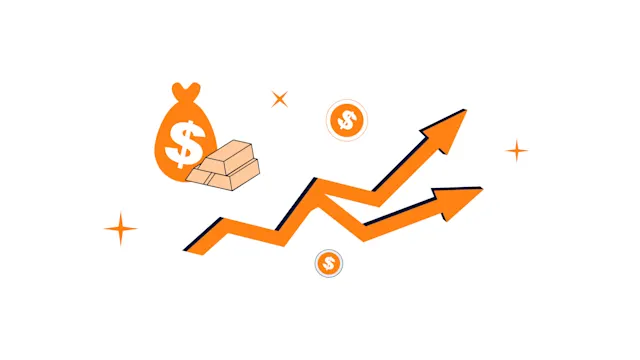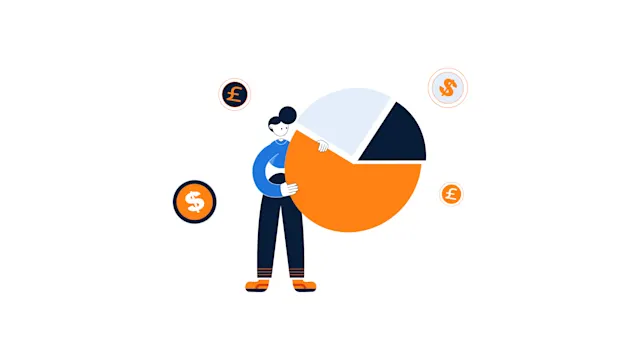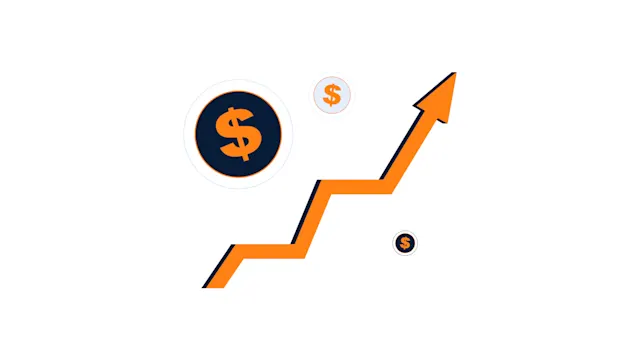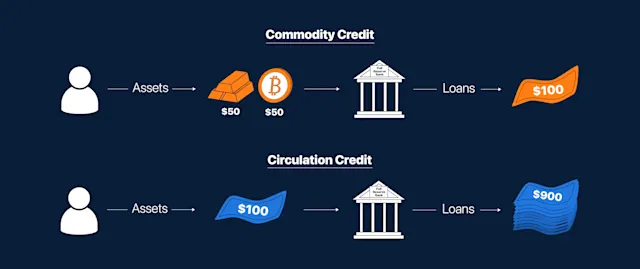
The Fiat Standard
Fiat money is a government-issued currency that is not backed by a physical good or commodity and it derives its value from the government that issued it.
What is Fiat Currency?
Fiat money is a government-issued currency that is not backed by a physical good or commodity, and it derives its value from the government that issued it. The value of a fiat currency relies on its demand and supply plus faith in the stability of the government issuing it. Most modern paper currencies are fiat currencies such as the USD, EURO, Dirham, and Dinar which are used in countries to pay taxes, purchase goods, invest and save.
How does Fiat currency work?
Fiat is a Latin word that translates to “let it be.” Hence, fiat currencies only have value because a government makes them (or lets it be) by decree. Fiat currency is made legal tender by the government and mainly maintained by the central banks, which receive their mandate from parliament or congress.
Most central banks around the world operate in similar fashion and mandates. As an example, let’s use the Federal Reserve of America.
The Federal Reserve has been given the dual mandate by Congress to reduce unemployment and keep inflation at a steady rate (the US targets annual inflation to be 2%). It does this by
Fiat currency arguably does not have an intrinsic value, although some economists argue that it gains its intrinsic value from governments making it legal tender. Therefore, it gains value because it is the only currency that can be legally accepted for economic activities such as paying taxes, buying goods, saving, and investing.
Fiat currency also functions on the principle of supply and demand, like any other commodity. This is evident from historic events of hyperinflation, such as Germany in the 1920s and, more recently, with Lebanon, Zimbabwe, Venezuela, and other countries that overprinted (increased the supply) their currencies and ended up devaluing them. Additionally, over longer periods of time, all fiat currencies face inflation and a reduction in their purchasing power, as seen with the USD, where $1 is only able to purchase 3.5% of what it could back in 1913.
The Origins of Fiat currency
The inception of fiat currency can be traced back to the Szechuan province in China during the 13th Century when Kublai Khan came into power and established a fiat system. Most historians claim that exuberant expenditure and hyperinflation led to the fall of the Mongolian empire. Between the 17- 18 Centuries, some European and North American countries, notably Sweden, Netherlands, Spain, France, Canada, American Colonies, and the US, adopted a fiat currency system, all achieving mixed results. By the 20th century, the US had reverted to a commodity-based currency to some extent.
In 1933, the US made it illegal to own gold in order to inflate the US out of the Great Depression, which ended the ability for American citizens to exchange their paper representative of gold for physical gold, thus, severing the gold standard. After World War II in 1944, the delegates of 44 nations met in Bretton Woods and agreed on a currency system that tasked the US with the responsibility of adjusting the supply of dollars to maintain confidence in the future convertibility to gold at $35 per ounce of gold; introducing the Bretton Woods currency system. Although, the convertibility of dollars to gold was suspended by President Nixon in 1971. This was the beginning of the end of the Bretton Woods system (plus the gold standard) and was finalized in 1973 when the G-10 (a group of the ten wealthiest industrialized democratic countries within the IMF) agreed to tie their currencies to the floating USD; thus, introducing the Fiat Standard.
Pros & Cons of the Fiat Standard
Economists and financial experts often argue about the merits and demerits of a fiat system which often revolve around the points mentioned below.




